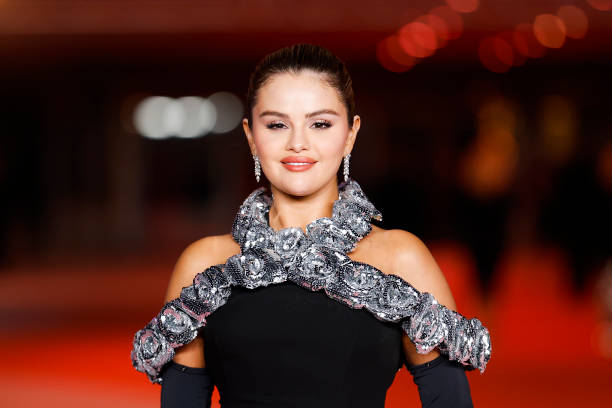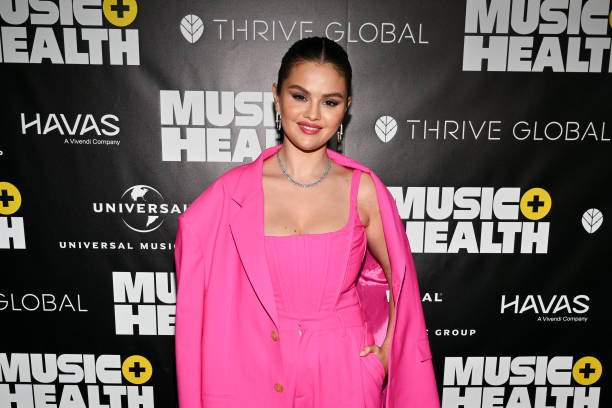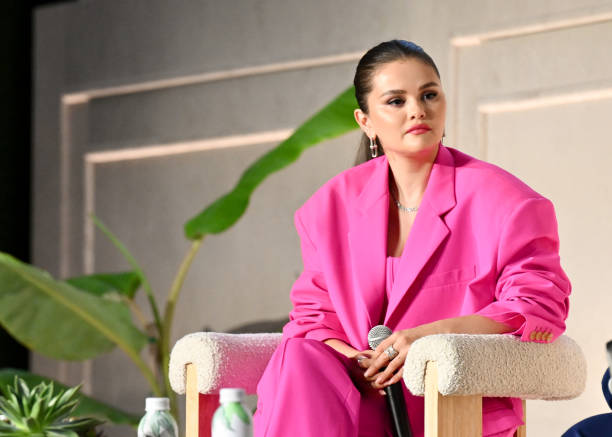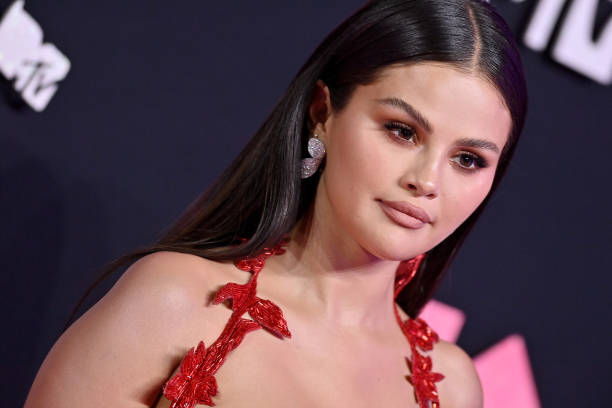The typical cowboy diet was simple and hearty, consisting of foods that were easy to transport and prepare over an open fire. The staples of a cowboy’s diet were beef, beans, biscuits, dried fruit, and coffee.
Beef was the most common meat eaten by cowboys, as it was readily available on the open range. Beans were also a popular choice, as they were a good source of protein and fiber. Biscuits were made with simple ingredients such as flour, water, and salt, and were often cooked in a Dutch oven over the campfire. Dried fruit, such as apples, pears, and peaches, was also a common food item, as it was a good source of vitamins and minerals. Coffee was the drink of choice for cowboys, as it helped to keep them awake and alert during long days on the trail.
In addition to these staples, cowboys also ate other foods, such as jerky, salt pork, and pemmican. Jerky was made by drying and smoking beef, making it a lightweight and portable food that could be eaten on the go. Salt pork was a type of cured pork that was also a good source of protein and fat. Pemmican was a mixture of dried meat, fat, and berries that was highly nutritious and could be stored for long periods of time.
The cowboy diet was not always the most exciting, but it was certainly hearty and nutritious. It helped to keep cowboys strong and healthy during long days on the trail.
Here are some other interesting facts about what cowboys ate:
- Cowboys often ate two meals a day: breakfast and dinner. Lunch was usually skipped, as there was no time to stop and eat during the day.
- The chuckwagon was responsible for feeding the cowboys on the trail. The chuckwagon cook would prepare meals over an open fire, using ingredients that were brought along in the wagon.
- Cowboys often had to eat their food cold, as there was no way to heat it up on the trail.
- Cowboys were known to be very fond of coffee. They would often drink several cups a day to stay awake and alert.
The cowboy diet was simple but nutritious, and it helped to keep cowboys strong and healthy during long days on the trail.
What Do Cowboys Eat and Why?
The typical cowboy diet was simple and hearty, consisting of foods that were easy to transport and prepare over an open fire. The staples of a cowboy’s diet were:
- Beef: Beef was the most common meat eaten by cowboys, as it was readily available on the open range. Cowboys would often eat beef jerky, which was made by drying and smoking beef. Jerky was a lightweight and portable food that could be eaten on the go.
- Beans: Beans were also a popular choice, as they were a good source of protein and fiber. Cowboys would often eat beans cooked with bacon or salt pork. Beans were also a good source of iron, which was important for cowboys who were active and worked long hours.
- Biscuits: Biscuits were made with simple ingredients such as flour, water, and salt, and were often cooked in a Dutch oven over the campfire. Biscuits were a good source of carbohydrates, which provided energy for cowboys who were working hard.
- Dried fruit: Dried fruit, such as apples, pears, and peaches, was also a common food item, as it was a good source of vitamins and minerals. Dried fruit was also a good source of carbohydrates, which provided energy for cowboys who were working hard.
- Coffee: Coffee was the drink of choice for cowboys, as it helped to keep them awake and alert during long days on the trail. Coffee was also a good source of caffeine, which is a stimulant that can help to improve alertness and performance.
In addition to these staples, cowboys also ate other foods, such as:
- Jerky: Jerky was made by drying and smoking beef, making it a lightweight and portable food that could be eaten on the go.
- Salt pork: Salt pork was a type of cured pork that was also a good source of protein and fat. Salt pork was often used to flavor beans and other dishes.
- Pemmican: Pemmican was a mixture of dried meat, fat, and berries that was highly nutritious and could be stored for long periods of time. Pemmican was a popular food item for Native Americans, and it was also eaten by some cowboys.
The cowboy diet was not always the most exciting, but it was certainly hearty and nutritious. It helped to keep cowboys strong and healthy during long days on the trail.
Here are some of the reasons why cowboys ate the foods they did:
- Availability: The foods that cowboys ate were the foods that were available to them on the open range. Beef was the most common meat, as it was readily available from the cattle that they were herding. Beans were also a popular choice, as they could be grown and harvested easily.
- Portability: The foods that cowboys ate were also portable, so they could be easily transported on the trail. Jerky, for example, was a lightweight and easy-to-eat food that could be stored for long periods of time.
- Nutrition: The foods that cowboys ate were also nutritious, providing them with the energy and nutrients they needed to stay strong and healthy. Beef is a good source of protein, beans are a good source of fiber, and dried fruit is a good source of vitamins and minerals.
The cowboy diet was simple but nutritious, and it helped to keep cowboys strong and healthy during long days on the trail.
What is cowboys favorite food?
Cowboys led a rugged lifestyle out on the range, so their favorite foods were hearty, filling meals that gave them energy and sustenance. A typical cowboy favorite was beef stew, made with chunks of meat, potatoes, carrots and other vegetables. Beef and beans was another staple, as cowboys could easily cook up a pot of beans flavored with salt pork. Biscuits and gravy also provided a tasty and rib-sticking meal. Overall, cowboys favored foods that were simple, could be cooked over a campfire, and kept them full during long days of wrangling cattle.
What do cowboys eat for breakfast?
In the mornings before a long day on the range, cowboys needed a hearty breakfast to fuel up. A typical cowboy breakfast consisted of eggs, bacon or salt pork, beans, biscuits or cornbread, and coffee. As cowboys woke before dawn, breakfast was often eaten by firelight.
The eggs and meat provided protein to help the cowboys’ strength and stamina for the strenuous work ahead. Beans and cornmeal biscuits were filling carbs. Strong black coffee gave them a jolt of caffeine. Eaten together, it made for a substantial meal to power the cowboys through until supper.
What do cowboys call a meal?
Cowboys had their own colorful terms for daily meals. Breakfast was known simply as “coffee” referring to the ubiquitous pot of joe. Lunch was called “nooning” as cowboys would stop to briefly rest and eat at midday. The main meal of the day, dinner, was called “supper” by cowboys.
A large midday meal on days off was referred to as “dinner.” Food eaten on the trail was called “chuck.” Cowboys also used regional terms like “grub” “chow” and “vittles” for meals. The unique cowboy vernacular reflected the time they spent eating meals together around the campfire on cattle drives.
What do cowboys cook on?
On cattle drives, cowboys did most of their cooking over an open campfire. To build a fire, they would gather wood and construct a fire ring using rocks or a cut sod as foundation. Iron Dutch ovens were placed over the coals to simmer stews, bake biscuits and cook meat. Coffee pots were set near the flames to percolate.
Skillets balanced on racks over the fire were used to fry bacon and eggs. Some cowboys carried lightweight, portable stoves on the trail. When available, wood-burning stoves were used in ranch kitchens. But the open fire remained the heart of cowboy cooking, providing warmth and a place to gather after a long day.
What is a real cowboy meal?
An authentic cowboy meal consisted of simple, hearty fare that could be cooked over a campfire. A typical dinner would start with a tin plate of beans, heavily seasoned with salt pork, onions, and chiles. Next, the cowboy would dig into calf fries (bull testicles), pan-fried crispy in oil or beef fat. Sourdough biscuits, baked in a Dutch oven, were on the side.
The main course was stew, brimming with chunks of beef, potatoes, and wild herbs. Dessert was coffee boiled in a pot along with sugar and maybe some dried fruit. To drink, they had black coffee or whiskey. It was a no-frills meal, focused on providing calories and comfort to cowboys after laborious days spent wrangling cattle.
What is cowboy known for?
Cowboys are known for their iconic cowboy hats, boots, bandanas, and their larger-than-life rugged lifestyle. Skilled at ranching and herding cattle across vast open ranges, cowboys embodied a sense of adventure and freedom. They are associated with the American frontier and the expansion of the West.
Known for their excellent horsemanship, cowboys spent long days in the saddle moving cattle from pasture to pasture and to market on cattle drives. Cowboys had to be independent and tough to endure the hardships of life on the range. With their reputation for bravery and rebelliousness, cowboys were seen as a symbol of the fiercely independent American spirit.
Was the cowboy diet healthy?
The classic cowboy diet was high in protein, simple carbs, and fat, but low in fruits, vegetables, and variety overall. While it provided enough calories and nutrition to fuel the active, physical life of a cattle driver, the cowboy diet would be considered fairly unhealthy by today’s standards. Most meals consisted of beef, pork, beans, bread, potatoes, and coffee.
Fresh fruits and vegetables were rarely available. That lack of vitamins and minerals could contribute to conditions like scurvy. The high sodium and saturated fat content also increased risk of heart disease. However, the classic cowboy fare made the most of the limited, non-perishable ingredients at hand on the frontier.
What kind of clothes do cowboys wear?
Cowboys developed a rugged functional style of dress suited for life on the range. Iconic elements included a Stetson hat, bandana, boots with spurs, chaps, and a buckskin jacket. Loose cotton shirts and durable canvas pants protected them from the elements. Leather chaps shielded their legs when riding through brush. Pointed toe leather boots allowed them to easily slip in and out of stirrups.
Thick leather gloves protected their hands doing rope work. A bandana shielded them from dust and sun. Sturdy clothing had to withstand the rough conditions cowboys encountered while herding cattle. The most iconic piece was the wide brimmed Stetson hat, which protected them from sun, rain, and cold.
What did cowboys sleep on?
On cattle drives, cowboys usually slept outdoors under the stars. At night, they would unroll their bedrolls on the hard ground. A typical bedroll consisted of a wool blanket wrapped around a canvas tarp or rubber sheet for insulation and waterproofing. Some cowboys had thin mattresses stuffed with straw or feathers. Under their bedroll, they might spread a poncho, oilskin, or buffalo robe as additional padding against the ground.
On cold nights, multiple blankets were layered for warmth. For shelter, they relied on canvas tarps staked into makeshift tents called lean-tos. Though sleeping accommodations were spartan, after enduring a grueling day in the saddle, cowboys were so bone-tired that they could sleep soundly on the bare ground.
What did cowboys do in the morning?
Morning routines were essential on cattle drives to get the cowboys and the herd prepared and moving at dawn. At the first light, the camp cook started boiling coffee and frying up breakfast. Meanwhile, the cowboys attending to the herd would rope and saddle their horses, ready to ride out. Other cowboys broke down the camp, loading up bedrolls and supplies.
After a hearty breakfast, the cow boss would call out orders to move the cattle along the trail. The cowboys would ride out, taking positions to surround the herd as they guided the cattle mile after mile toward their destination. Days in the saddle began before sunup, making those morning rituals critical to getting the drive underway.
What do cowboys do in the morning?
In the morning, cowboys rose with the sun to start their day’s work on the range. After a quick breakfast, the first task was tending to their horses. Cowboy’s saddled and groomed their horses, checking hooves and shoes. Some cowboys walked the perimeter, checking fences and monitoring for predators like wolves.
Others drove the cattle from the evening pasture to fresh grazing grounds and watering holes. Repairs and chores like chopping wood or pumping water also had to be done. Morning was crucial for preparing and organizing before the grueling day moving cattle lie ahead. Though routine, mornings required focus and diligence to ensure the ranch was protected and the herd was cared for.
How do cowboys say I love you?
Cowboys were not known for being outwardly romantic. But a genuine cowboy had his own rugged, understated ways of expressing affection. A spoon and coffee cup intentionally placed together symbolized another sitting next to the campfire. Carving initials into a belt buckle conveyed loyalty and commitment. Complimenting a lady’s horse showed admiration for her skills.
Respectfully removing his hat and using endearing terms like “sugar” and “darlin’” communicated warmth. Perhaps most tellingly, his dedication to the relationship could be seen in his continued presence and reliability. For cowboys, saying “I love you” didn’t require flowery words. Their actions and steadfast devotion spoke volumes.
What meat did cowboys eat?
Beef was the most common meat cowboys ate. Living on the range with cattle, beef was readily available. Thin strips of jerky dried on the saddle was an on-the-go snack. Tougher cuts were slow cooked all day into fork-tender stews. Pan fried steak with beans made a hearty campfire meal. Alongside beef, cowboys ate wild game like rabbits, deer, antelope and buffalo.
Pork products like bacon, ham and salt pork provided fat and flavor. Chicken and mutton were rare treats when a ranch was nearby. But the staple meat was beef, because cattle were constantly present on cattle drives. The iconic image of a cowboy cooking steak over a campfire summed up their meat-centric diet.
Why is it called a cowboy?
There are a few origins of how cattle ranchers came to be called “cowboys.” One is that in the Spanish colonial southwest, vacqueros (translated literally as cow-men) watched over cattle. American English transformed vacquero to the word “buckaroo” and eventually “cowboy.” Another is that when cowboys drove herds to market, they were just boys compared to the older cattle barons and ranch owners. “Cow-boy” was a derivation of their young age. But the most common explanation is the term “cowboy” directly described their work – boys whose job was taking care of cows. The name “cowboy” succinctly summed up their profession as ranch hands who handled cattle.
What kind of biscuits did cowboys eat?
Cowboys needed non-perishable food on the trail, so biscuits made from dried ingredients were a staple. The most common were:
- Hardtack biscuits – long lasting and dipped in coffee
- Sourdough biscuits – made with a frontier starter for fluffiness
- Bacon/grease biscuits – drippings provided flavor and fat
- Salt rising biscuits – used salt instead of yeast for leavening
- Baking powder biscuits – quick biscuits popular after 1860s
- Dutch oven biscuits – oven provided insulation for even baking
Simple biscuits were filling and could last on the trail. Cowboys would flavor them with salt pork grease, bacon drippings, or smear with molasses or jam when available. The simple biscuit was a hearty staple of a cowboy’s diet.
What made cowboys so popular?
In the late 1800s, dime novels and traveling Wild West shows portrayed a romanticized version of cowboys that propelled them into popular culture. Their self-sufficient frontier lifestyle on the open range epitomized American ideals of freedom and individualism. Cowboys were revered for their expert horsemanship and ranching skills. Their rough adventures and daring exploits made them icons of bravery and masculinity.
Their distinctive rugged style of dress with chaps, spurs, bandanas and Stetson hats added to the cowboy mystique. As symbols of the disappearing frontier, their rebellious rule-breaking image was alluring. The cowboy life also embodied the solo wanderer identity that was appealing. A blend of myth and real skills cemented their status as American folk heroes.
What are the Cowboys good at?
The Dallas Cowboys football team is one of the most valuable sports franchises globally, known for being “America’s Team.” They have a storied history and are good at:
- Winning Super Bowls – They have 5 championship wins since the 1960s
- All-Star Players – Legends like Roger Staubach, Emmitt Smith, and Troy Aikman
- Huge Fan Base – America’s Team is valued at over $8 billion dollars
- Lucrative Brand – Merchandising earned $1.2 billion over 10 years
- Competitive Consistency – 20 Division title wins since 1966
- Elite Quarterbacks – Aikman, Staubach, Romo, Prescott
- Clutch Kicker – Dan Bailey holds the highest FG percentage
- Innovative Owners – Jerry Jones is the powerhouse behind the brand
- Primetime Performance – Known for rising to the big moment on national TV
- Postseason Pedigree – NFL record 35 playoff appearances
What did cowboys use for plates?
On cattle drives, cowboys traveled light and made use of practical materials on hand:
- Tin Plates – Metal plates that stacked together easily
- Coffee Tins – Flattened coffee cans cleaned and reused
- Tortillas – Doubled as edible plates when needed
- Wood – Smooth boards or split logs cut into platter shapes
- Bandannas – The ubiquitous kerchief was used for everything
- Leather – Stiff saddle leather worked in a pinch
- Tin Cups – Cups pulled double duty for drinking and eating
- Buffalo Chips – Dried manure could serve as an impromptu plate
- Pie Tins – Some brought lightweight tin pie plates
Improvising tableware was necessary on the rustic trail. Cowboy ingenuity turned whatever was on hand into serviceable dining ware.
What did cowboys put in their beans?
Cowboys typically flavored basic beans to liven up this campfire staple:
- Salt Pork – Added meaty flavor
- Onions & Garlic – Savory aromatic vegetables
- Chili Powder – Added spicy kick
- Bacon grease – Added richness and smoky taste
- Dry Mustard – More tang and depth of flavor
- Coffee – A splash added richness
- Molasses – Provided sweetness
- Fatback – Cured fat added flavor
- Hot Pepper – For an extra spicy kick
- Cornbread – Crumbled in for an authentic cowboy touch
Seasonings were used sparingly on the trail, but even a little salt pork or onion made plain beans far tastier.
Did cowboys eat beans for breakfast?
Beans were a ubiquitous staple in a cowboy’s diet and they did often eat beans early in the day. For breakfast, cowboys fueled up with a hearty meal before a long day’s ride. While bacon, eggs and coffee were breakfast staples, beans offered an inexpensive protein and carb source. Beans slow-simmered overnight were readily available. Leftover beans were served up fried alongside bacon and eggs.
On the trail, cooking elaborate meals was difficult so cold beans with coffee made a convenient breakfast. Hearty, cheap and filling, beans made sense for cowboys starting their day. Though not thought of as a breakfast food today, beans were a common morning meal of the cowboy lifestyle.
What is the Western diet in Africa?
In many parts of urban Sub-Saharan Africa, Western fast food is becoming popular, leading to major health consequences. A Western diet in Africa contains:
- Fast food burgers, pizza, fried chicken
- Sugary sodas, milkshakes
- Packaged snacks like chips, chocolate, candy
- White bread instead of traditional grains
- Canned and processed foods high in preservatives
- Red meat instead of fish and vegetables
This nutrition transition to Western-style eating habits low in fiber and high in fat, sodium, and refined carbs is linked to rising rates of obesity, diabetes, and heart disease across Africa. The affordability and status appeal of Western fast food remains alluring, but campaigns are trying to inspire return to traditional African diets for long-term health.
Why do cowboys eat beans?
Beans were a cowboy staple for some key practical reasons:
- Inexpensive – Beans provided protein on a budget
- Lightweight – Dried beans were portable on the trail
- Long-lasting – Had a long shelf life in camp
- Nutritious – Packed with fiber, protein, carbs
- Versatile – Could be prepared simply in many ways
- Cooking Convenience – Could be left to slowly simmer over fire
- Tolerance – Even improperly soaked, beans were edible
- Flavorful – Took well to cowboy seasonings like chili peppers
- Hearty – Provided stick-to-your ribs fuel for the trail
Though humble, beans were the perfect frontier staple. They sustained cowboys and fulfilled dietary needs on long arduous cattle drives.
What does the Western diet do to the brain?
Research shows the standard Western diet high in saturated fats, sugars, and processed foods can negatively impact the brain in several ways:
- Inflammation – Can damage parts of the brain controlling memory, learning, and mental health
- Insulin Resistance – Can contribute to dementia and cognitive decline
- Brain Atrophy – Shrinks areas of the brain associated with memory
- Alzheimer’s Risk – High-fat diet is linked to increased risk of Alzheimer’s
- Poor Circulation – Reduces blood flow to the brain
- Oxidative Stress – Damages neurons and synaptic connections
- Addiction – High sugar intake fuels cravings and overeating patterns
Transitioning to a whole foods diet with healthy fats, proteins and complex carbs can nourish the brain and support optimal cognitive functioning. The Western diet’s effects on the brain underscore the need for dietary changes.
Conclusion.
The cowboy diet was simple but nutritious, and it helped to keep cowboys strong and healthy during long days on the trail. The staples of a cowboy’s diet were beef, beans, biscuits, dried fruit, and coffee. In addition to these staples, cowboys also ate other foods, such as jerky, salt pork, and pemmican.
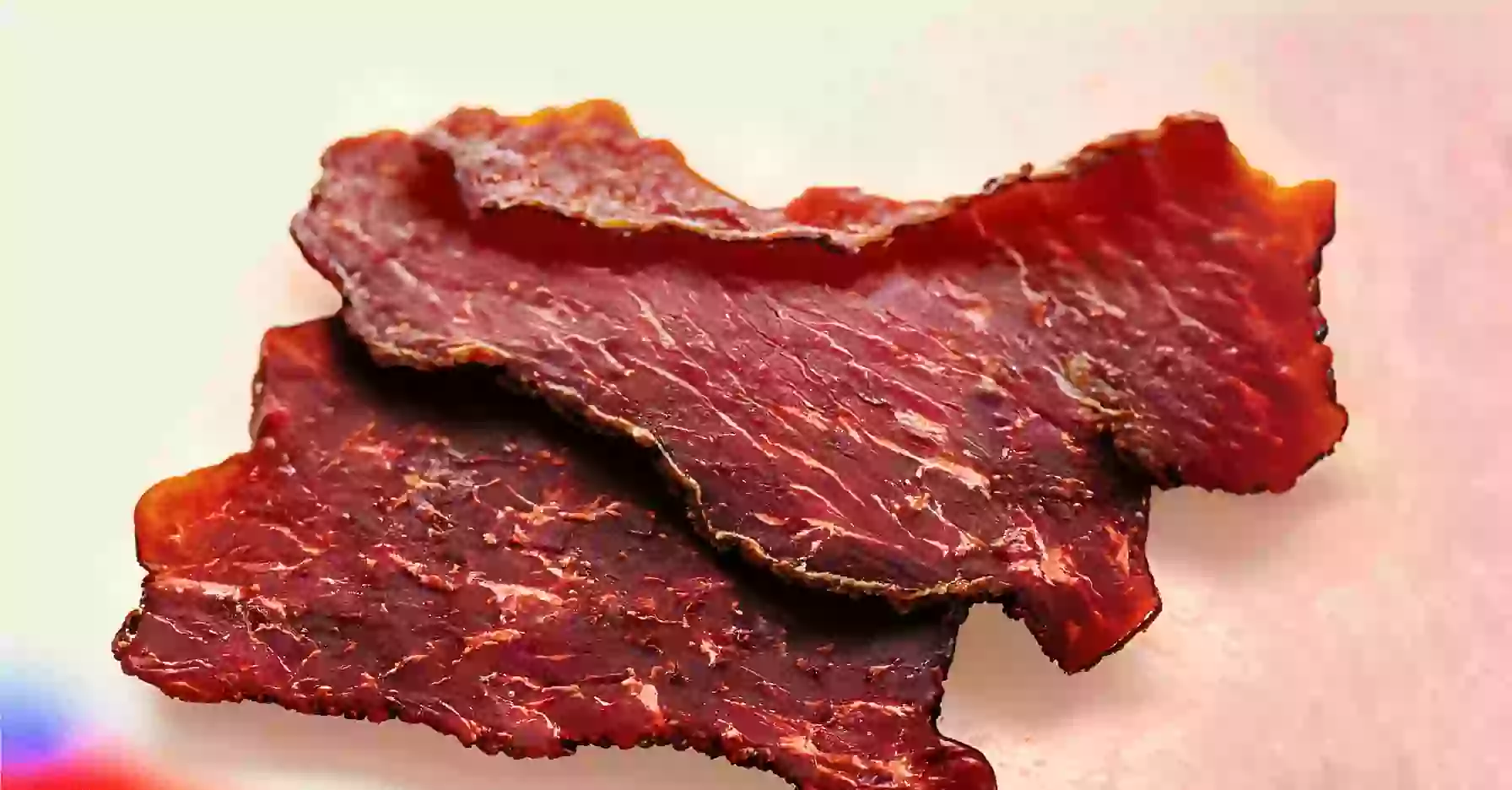
The foods that cowboys ate were the foods that were available to them on the open range. Beef was the most common meat, as it was readily available from the cattle that they were herding. Beans were also a popular choice, as they could be grown and harvested easily. The foods that cowboys ate were also portable, so they could be easily transported on the trail. Jerky, for example, was a lightweight and easy-to-eat food that could be stored for long periods of time.
The foods that cowboys ate were also nutritious, providing them with the energy and nutrients they needed to stay strong and healthy. Beef is a good source of protein, beans are a good source of fiber, and dried fruit is a good source of vitamins and minerals.
The cowboy diet was not always the most exciting, but it was certainly hearty and nutritious. It helped to keep cowboys strong and healthy during long days on the trail.
Here are some additional things to consider when writing an article about what cowboys eat:
- The time period in which the cowboys lived. The foods that cowboys ate changed over time, as did the availability of different foods.
- The location of the cowboys. The foods that cowboys ate also varied depending on where they were located. For example, cowboys in the Southwest might have eaten different foods than cowboys in the Midwest.
- The personal preferences of the cowboys. Some cowboys might have preferred certain foods over others.
Consider reading >>> What Countries Wear Cowboy? to learn more.
I am an accomplished author at Fact Finders Company LLC, a renowned publishing house based in New York City. With a passion for research and a talent for writing, I have contributed to numerous non-fiction titles that explore a wide range of topics, from politics and history to science and technology. My work has been widely praised for its accuracy, clarity, and engaging style. Nice Reading here at Fact After Fact.





